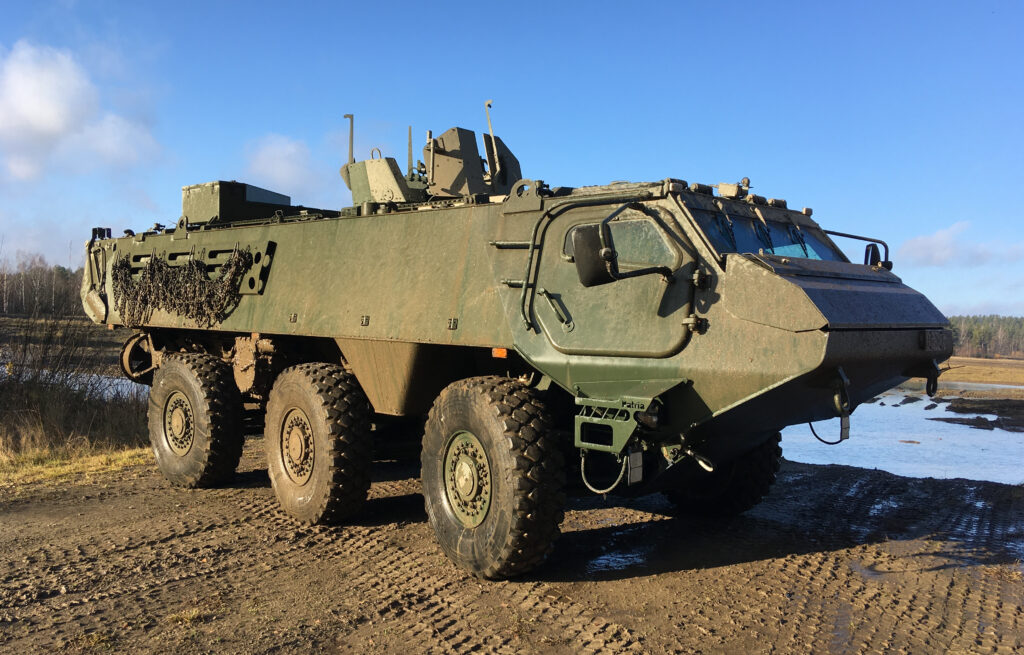The Defence & Security Equipment International (DSEI) exhibition, held at London’s ExCeL centre on 9–12 September 2025, was one of the largest in the show’s history, drawing more than 1,600 exhibitors and 45,000 attendees.
The event ran against a turbulent geopolitical backdrop – including the release of the United Kingdom’s long‑awaited Defence Industrial Strategy and news of Russian drones entering Polish airspace – and underscored how the global defence sector is shifting towards digitalisation, resilience and mass‑produced capabilities.
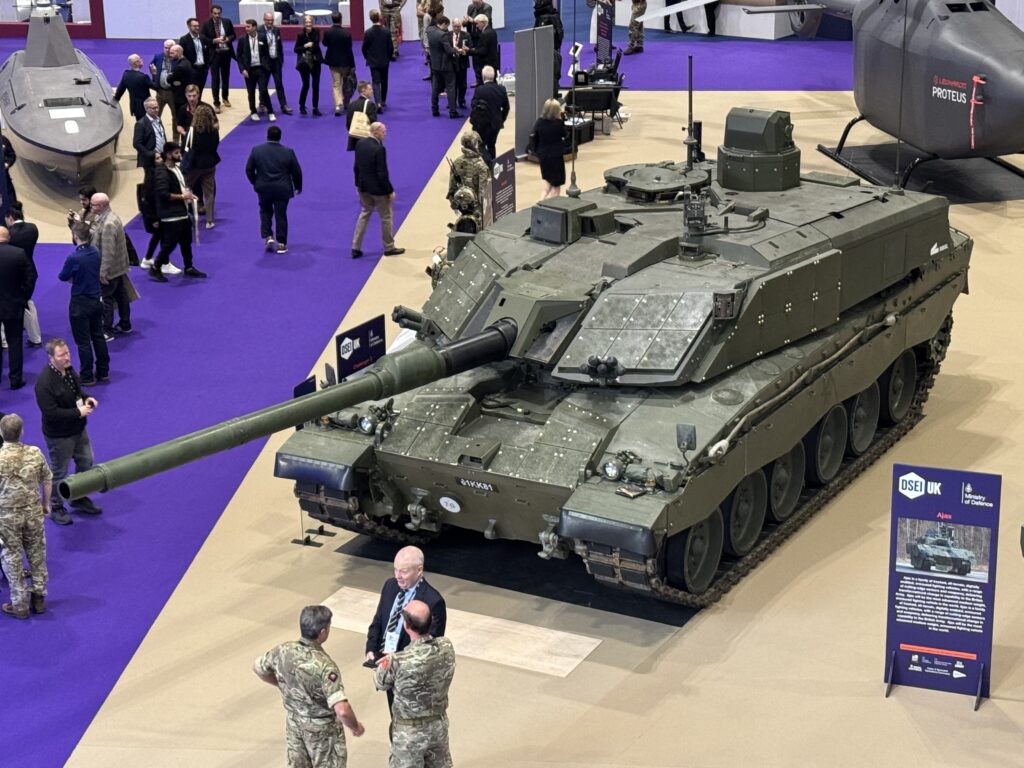
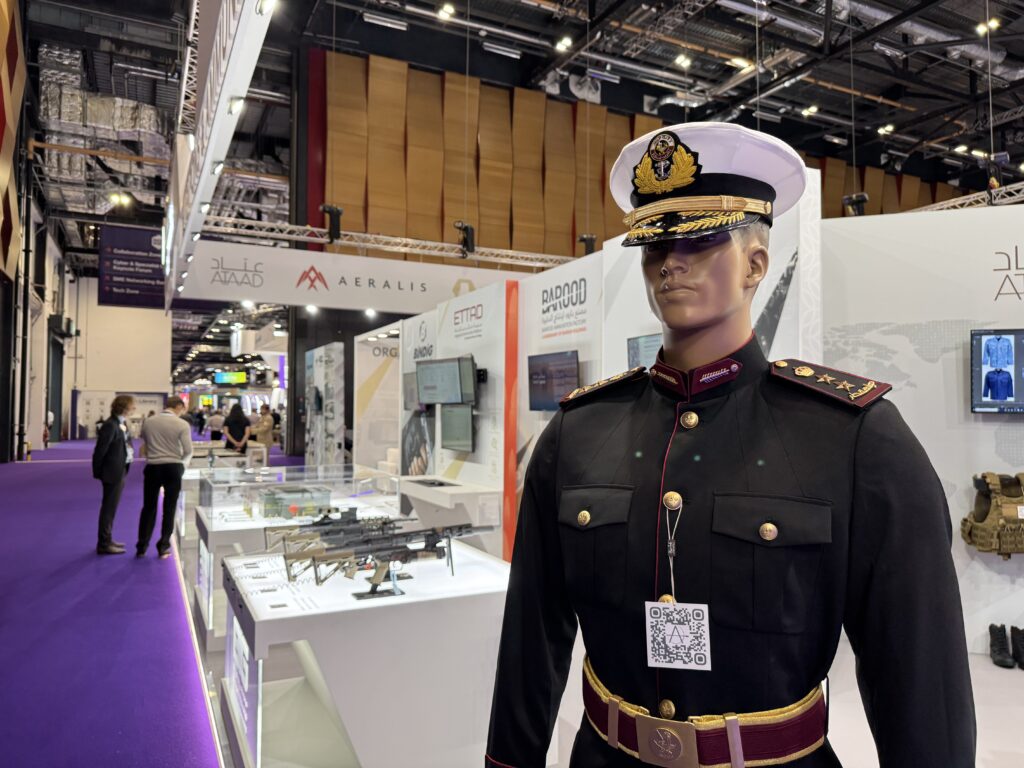
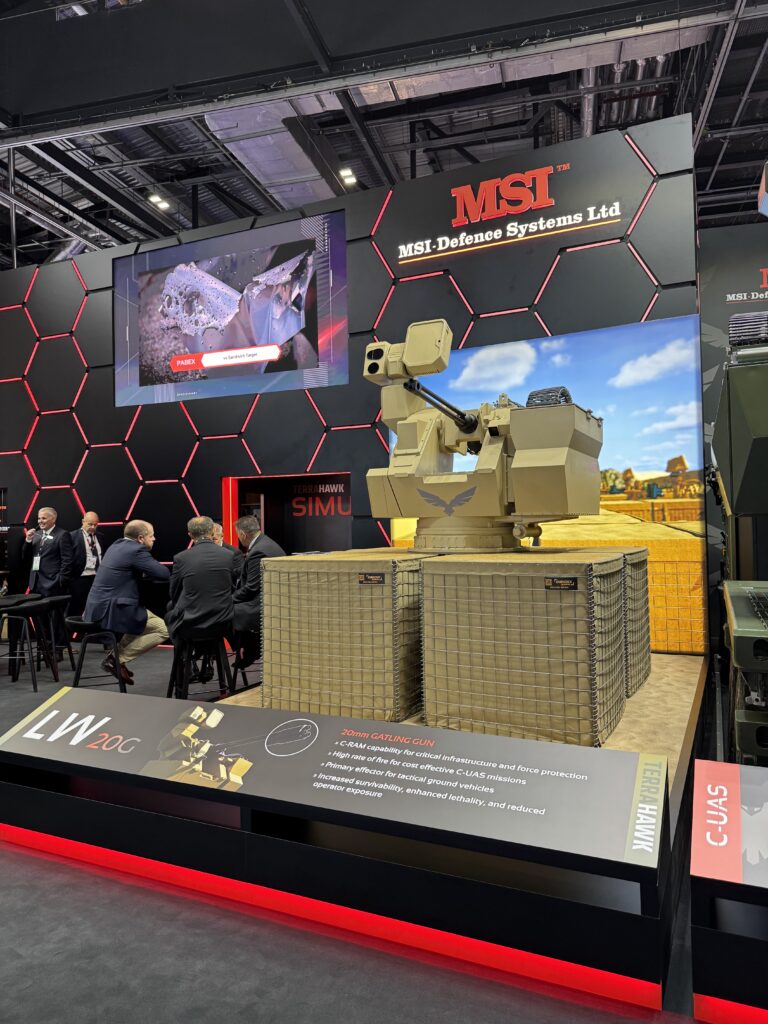
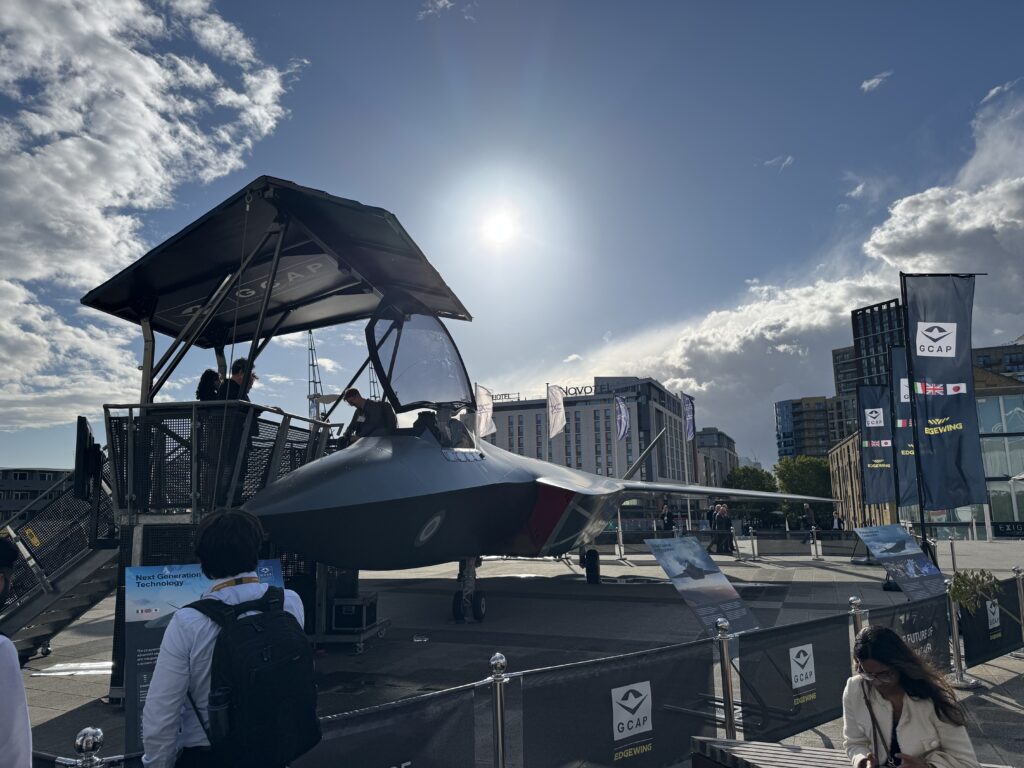
Launch of the UK Defence Industrial Strategy
DSEI 2025 coincided with the British Ministry of Defence’s Defence Industrial Strategy, a policy aimed at turning defence into an engine for economic growth. In his closing keynote, Defence Secretary John Healey outlined six priority outcomes: making defence an engine for growth, backing UK‑based businesses, positioning the country at the forefront of defence innovation, developing a resilient industrial base, transforming procurement, and forging new partnerships. Healey admitted that the Ministry had been difficult for small firms to work with and announced an Office of Small Business Growth and a target to increase direct spending with SMEs to £7.5 billion by 2028. Start‑ups and investors at the show welcomed the strategy but noted that the defence industrial base must scale up production and streamline procurement to meet urgent demand.
Key themes: Data, Autonomy and Counter‑drone Warfare
Digitalisation and AI. Exhibitors stressed that modern warfare now hinges on data integration and artificial intelligence rather than hardware alone. Rheinmetall’s Battlesuite epitomised this trend: it is an open‑architecture digital platform that connects conventional weapons and unmanned systems, enabling real‑time communication and AI‑supported decision‑making. The Battlesuite acts as a central hub for tactical data flow, combining human intelligence with automation to improve situational awareness and resource allocation. Key features include seamless interoperability between old and new systems, advanced cyber‑security, open‑source code that can be adapted to national requirements and the ability to host a theoretically unlimited number of applications.
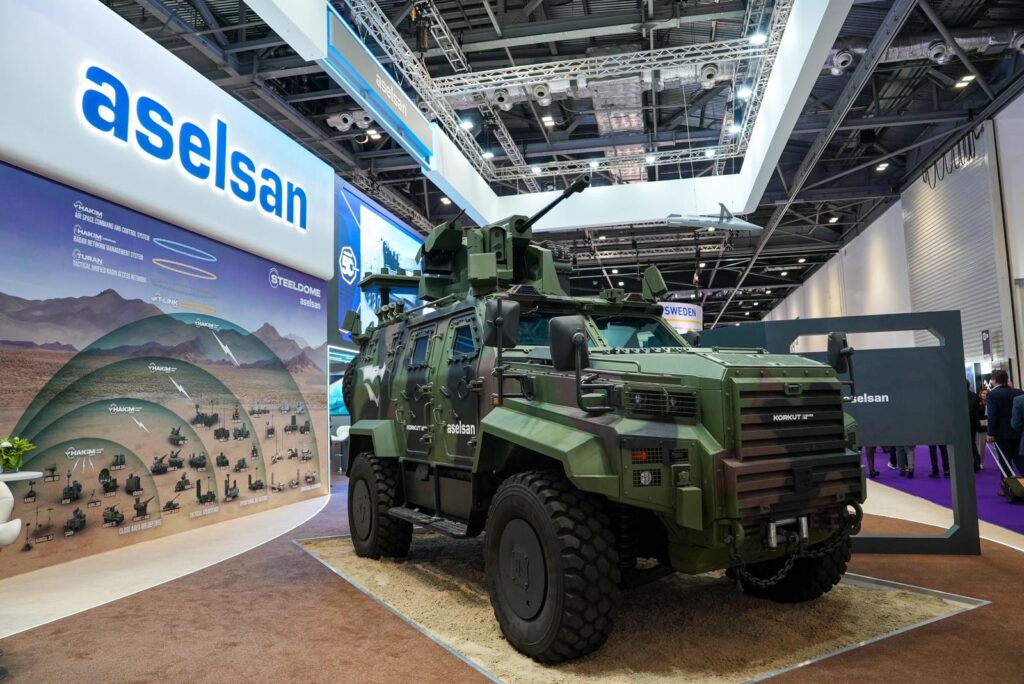
ASELSAN unveiled its next-generation mobile counter-UAV system for close-range air defence, KORKUT 100/25 SB at DSEI2025. (Image: ASELSAN)
Counter‑drone systems. With Russian drones intruding into Polish airspace and a drone attack on Denmark’s airports in September, counter‑UAS capabilities were in high demand. Turkish firm ASELSAN unveiled the Korkut 100/25 SB, a mobile air‑defence system that neutralises mini‑ and micro‑drones using programmable 25 mm ATOM air‑burst ammunition. Mounted on a 4×4 vehicle, Korkut can engage targets at over one kilometre; its stabilised sight integrates electro‑optical sensors, day/night cameras and a laser rangefinder, allowing automatic target acquisition and tracking. The system can be integrated into layered defence architectures and uses domestically produced ammunition and sensors to simplify logistics.
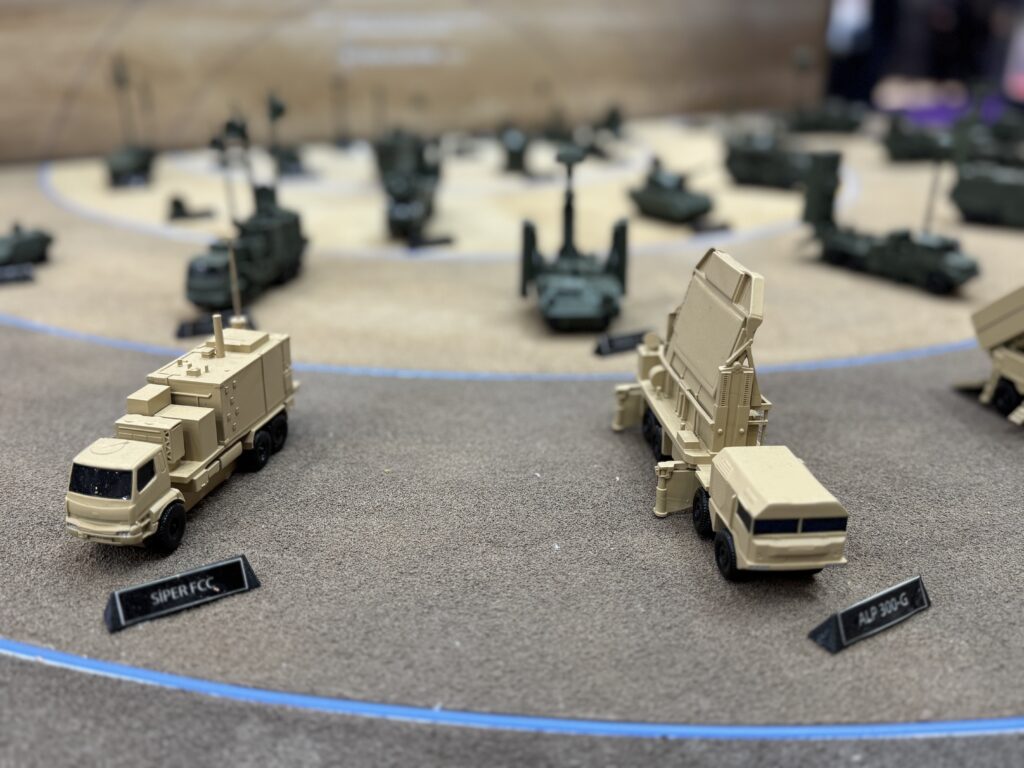
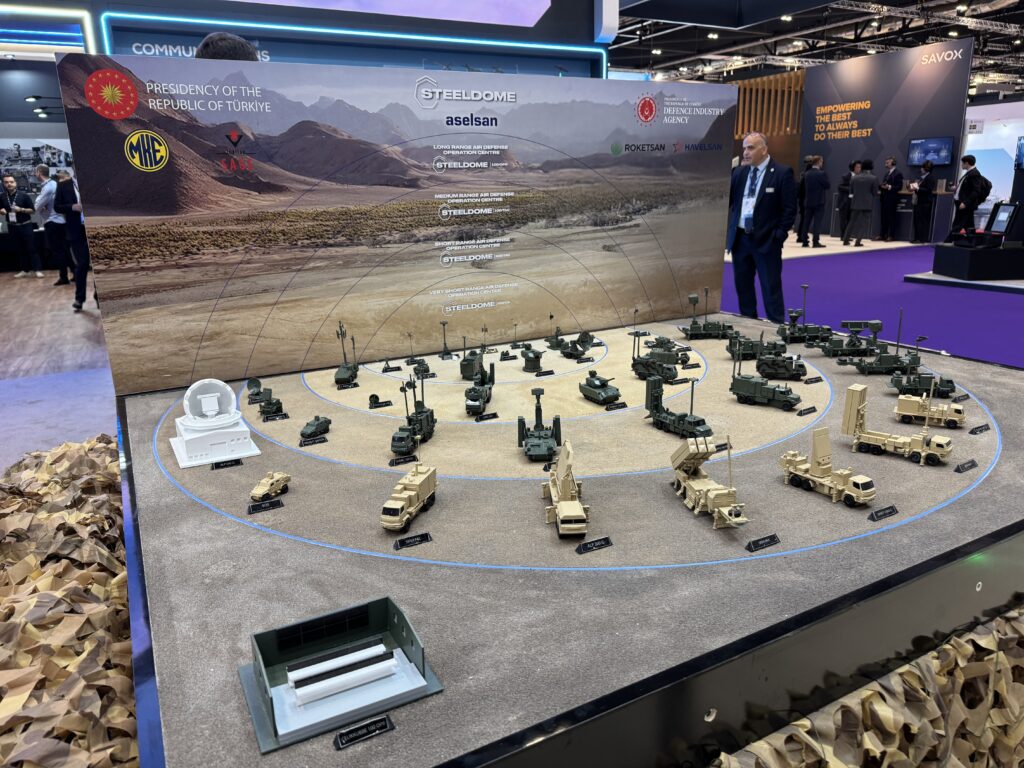
Britain’s own innovation ecosystem was also on display. Cambridge Aerospace’s Skyhammer anti‑drone interceptor – developed from concept to first flight in just six weeks – promises to be 10–100 times cheaper than traditional missiles and demonstrates how agile start‑ups are responding to the need for affordable mass defence. The unmanned vehicle features a mini‑radar for terminal guidance and is designed for swarm engagements.
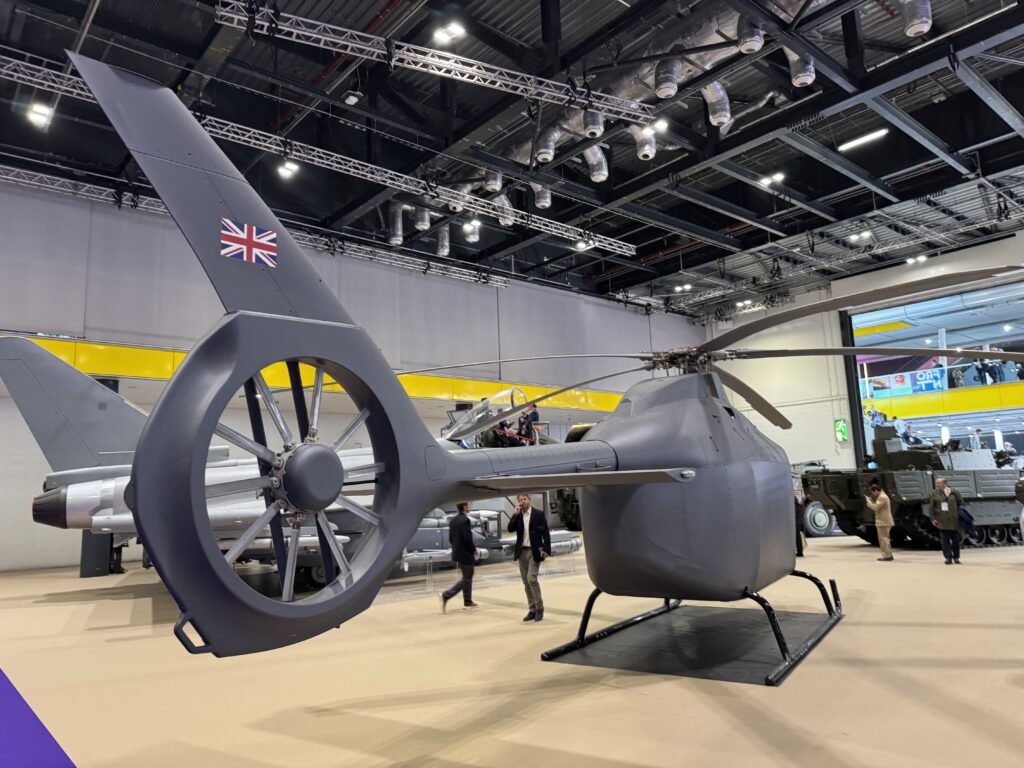
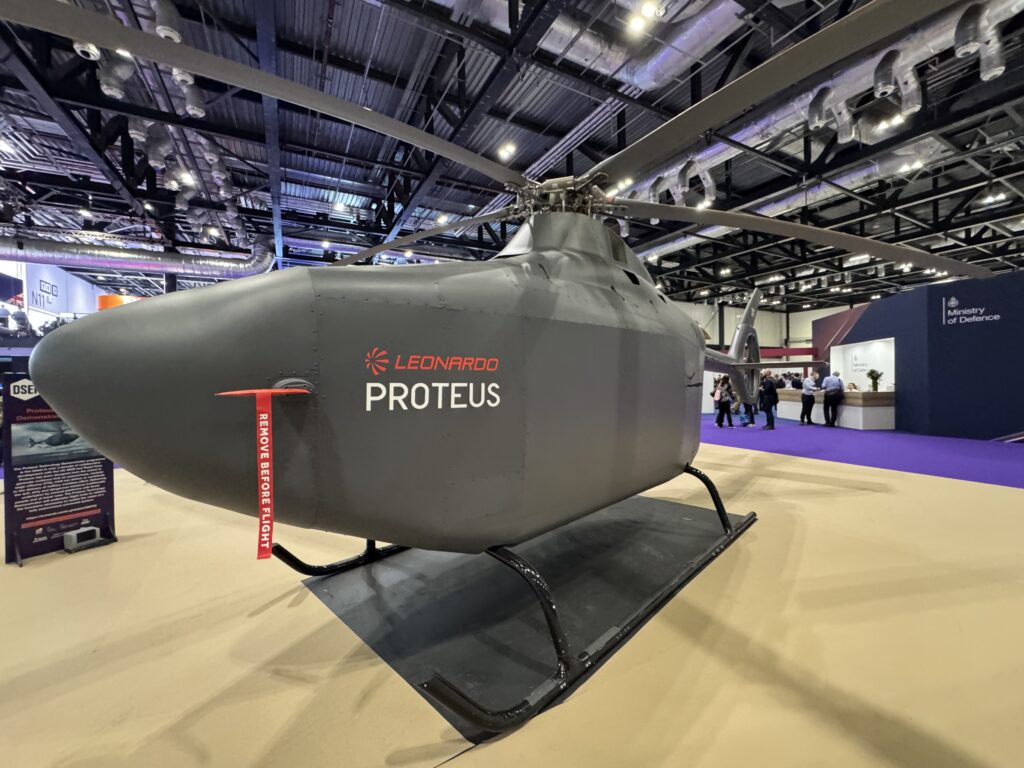
Major launches and partnerships
TrackX – Patria’s new all‑terrain vehicle
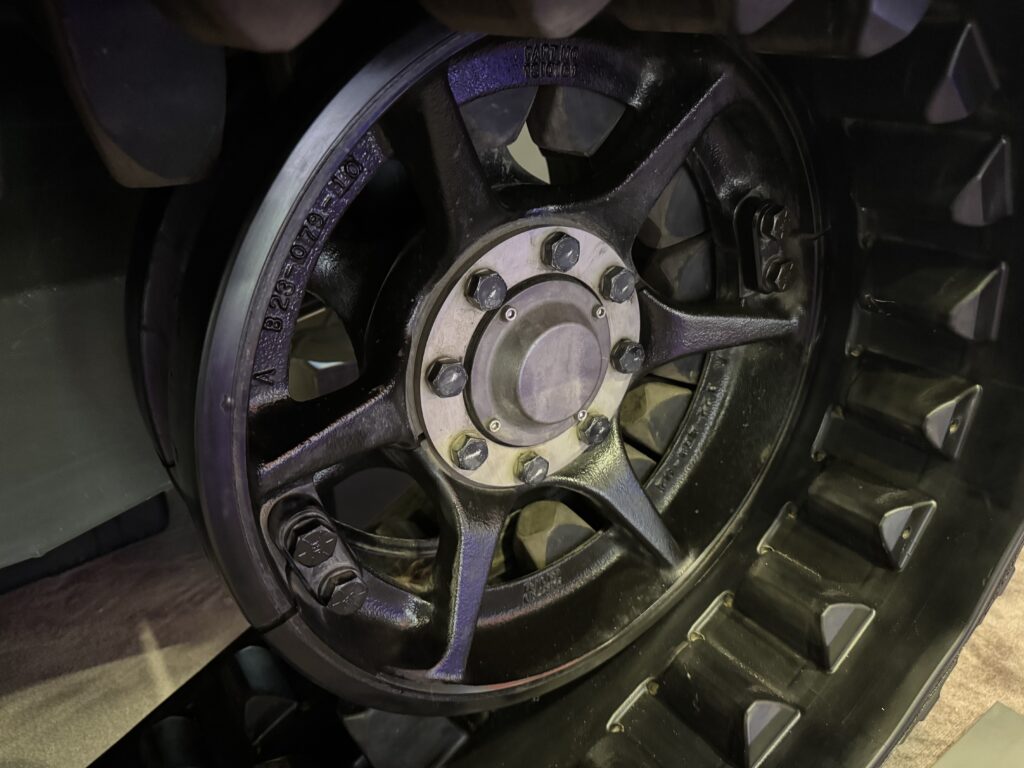
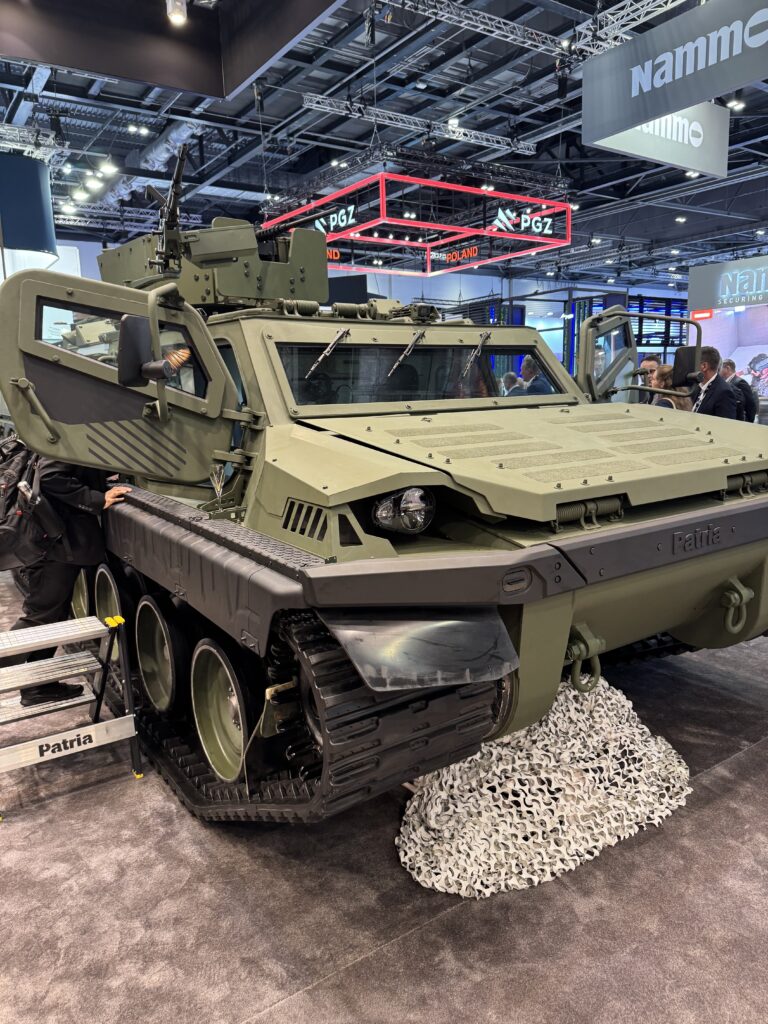
Finnish manufacturer Patria converted its FAMOUS demonstrator into a production‑ready tracked vehicle named TrackX. Announced at DSEI, TrackX is designed for extreme conditions such as snow and wet bogs. Wide rubber tracks, low ground pressure, individually adjustable hydropneumatic suspension and a low centre of gravity provide exceptional mobility on soft terrain. Patria executive vice‑president Jussi Järvinen said the company aims to begin serial production in 2027, signalling a push to complement its successful wheeled armoured vehicle range with a light tracked platform.
GCAP Electronics Evolution consortium
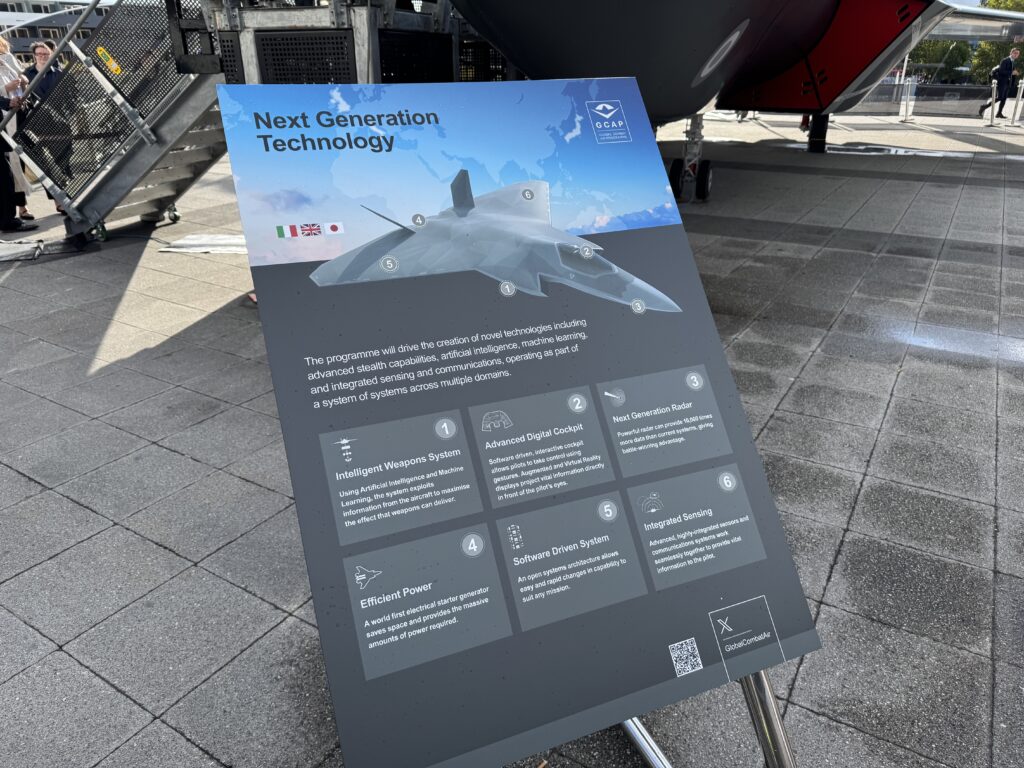
On 9 September, four electronics champions – Japan’s Mitsubishi Electric, Italy’s Leonardo and ELT Group, and the UK’s Leonardo UK – formally established the GCAP Electronics Evolution consortium (G2E). According to their joint press release, the consortium will design and develop the integrated sensing and communications suite for the Global Combat Air Programme (GCAP) fighter. The partners will deliver the Integrated Sensing and Non‑Kinetic Effects & Integrated Communications System (ISANKE & ICS) and provide through‑life support. The consortium’s leadership will be based in Reading and will work closely with Edgewing, the BAE/Leonardo/Mitsubishi systems integrator. This agreement signals tangible progress in the sixth‑generation fighter effort and highlights the role of multinational electronics partnerships in shaping future air‑combat capability.
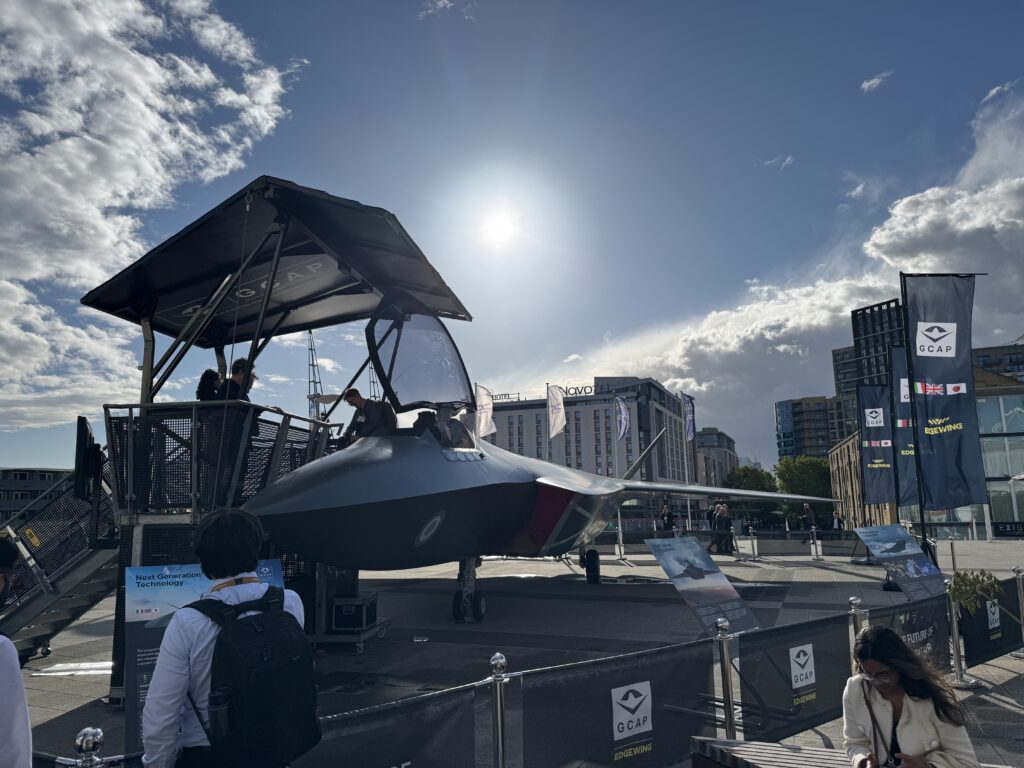
Drone‑based electronic warfare platform
The UK Defence Journal reported that Thales and British start‑up Autonomous Devices signed an agreement at DSEI to co‑develop EW‑UAS1, a drone‑based electronic‑warfare system for naval and land forces. The platform combines Thales’ electronic support and attack payloads with Autonomous Devices’ next‑generation drone, providing both detection and jamming functions. The partners emphasised the system’s high manoeuvrability, long endurance and modular payloads, offering a flexible and cost‑effective way to protect ships and ground units by geolocating threats, disrupting adversary radars and deploying countermeasures.
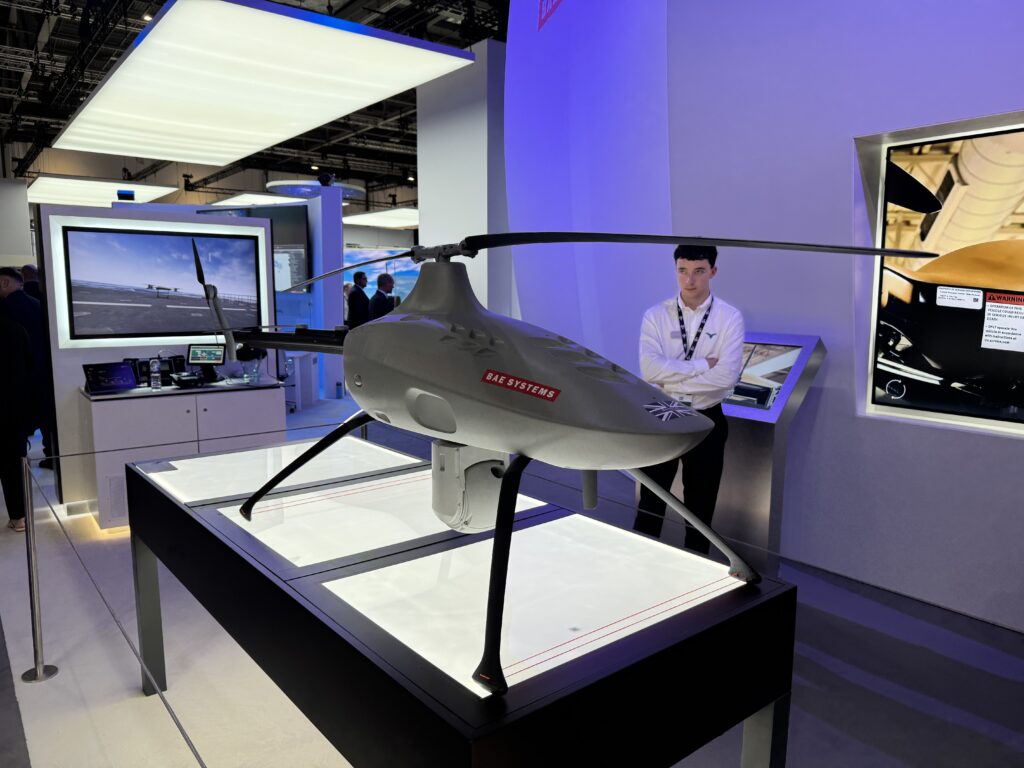
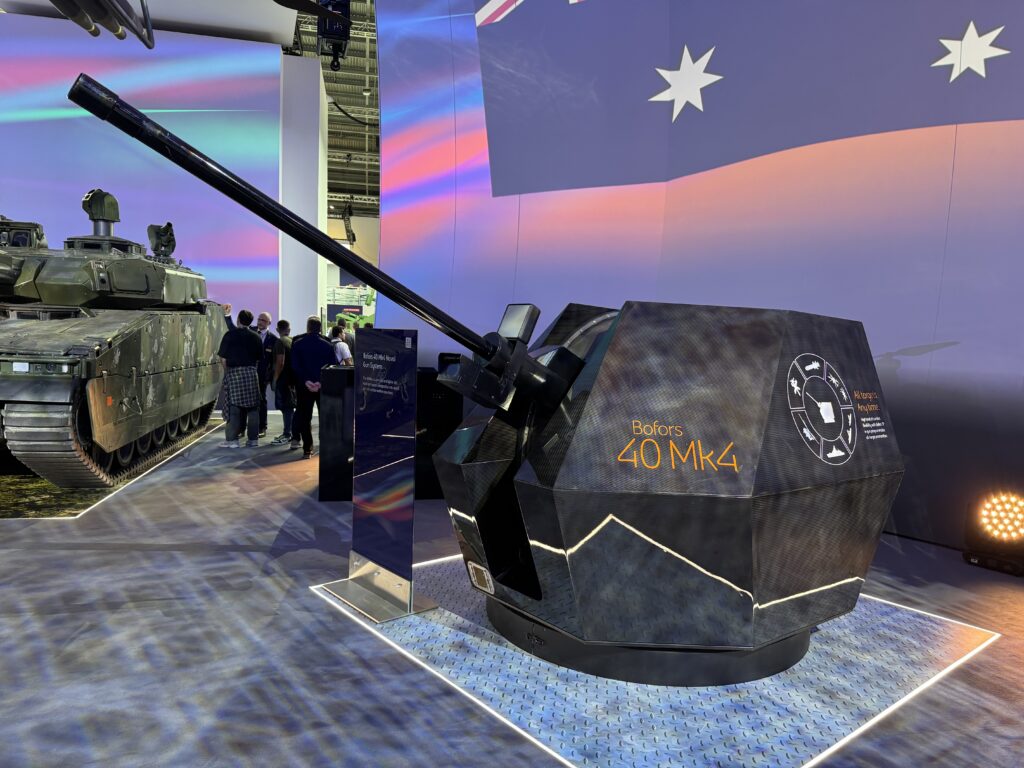
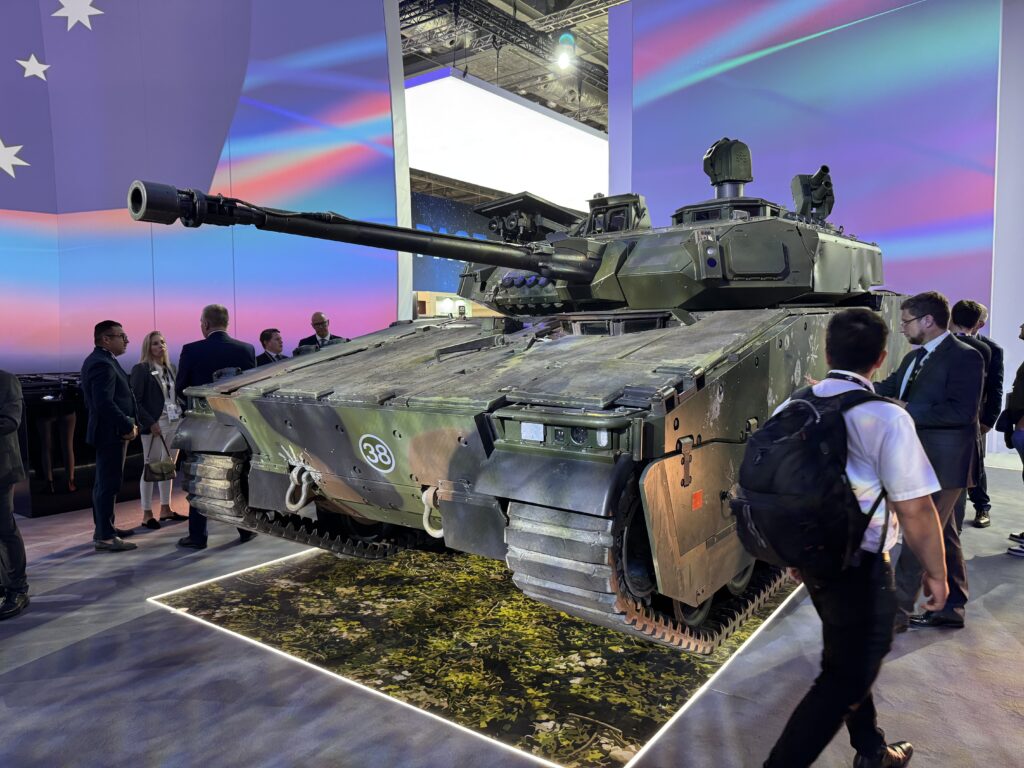
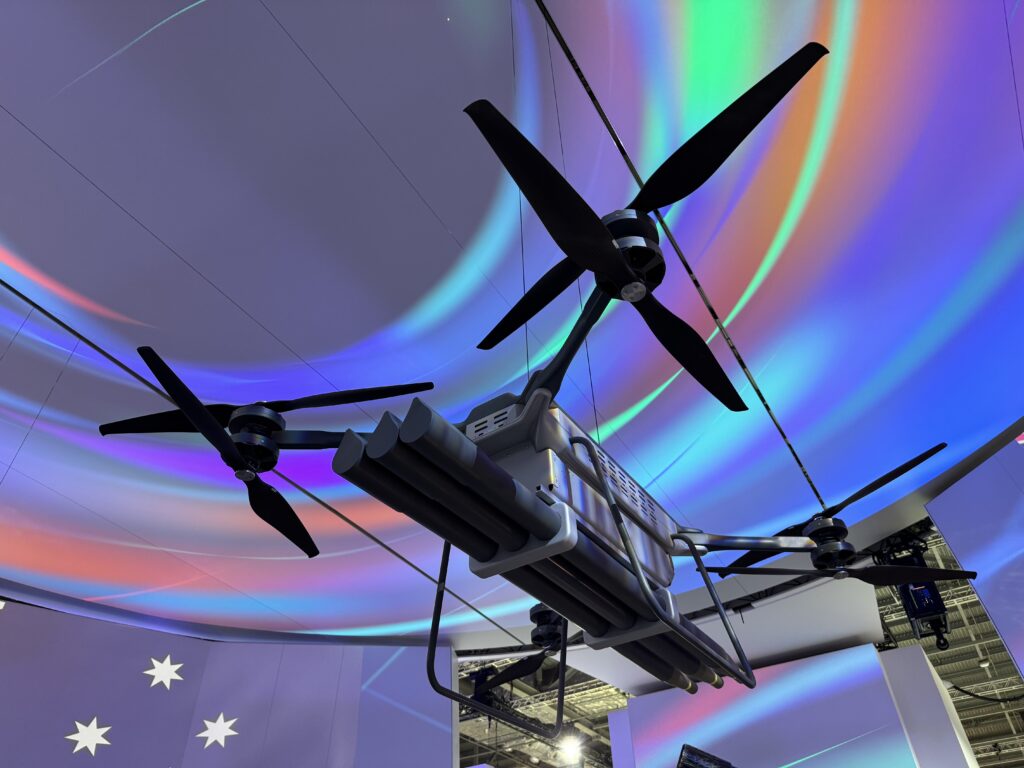
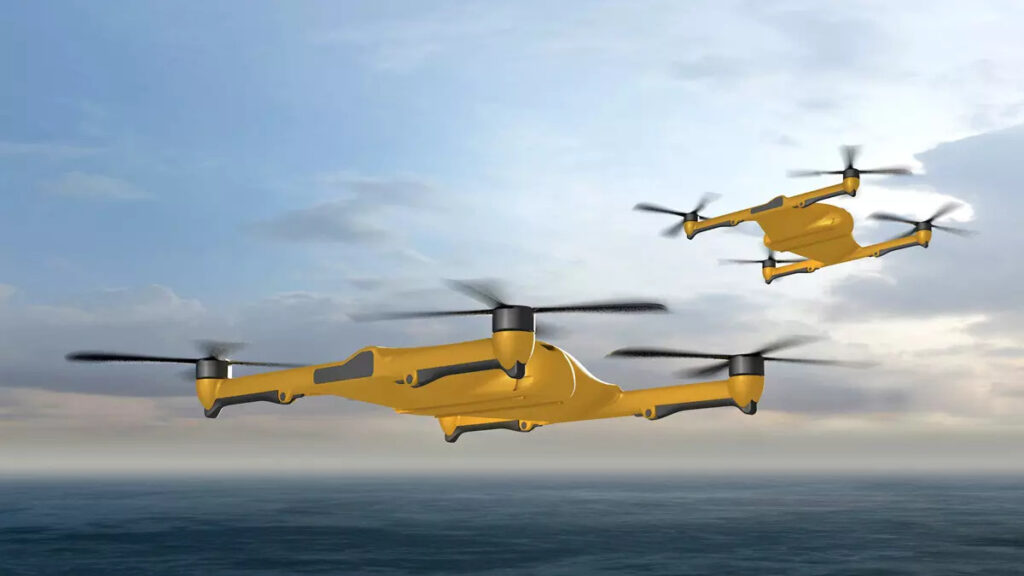
Welsh start‑up Space Forge used DSEI to promote ForgeStar – its reusable satellite platform for in‑orbit manufacturing. The company displayed models of the ForgeStar satellite and the Pridwen heat shield, which allows payloads to re‑enter the atmosphere safely and be reused. Space Forge argues that microgravity conditions enable the production of high‑performance semiconductor crystals and other materials that cannot be manufactured on Earth; research cited by the firm suggests such products could cut carbon emissions in some applications by up to 75 per cent. The ForgeStar‑1 mission, launched in June 2025 under a licence from the UK Civil Aviation Authority, demonstrated the platform’s material production processes and recovery system. DSEI provided a high‑profile forum for Space Forge to pitch its technology to defence and space industry customers.
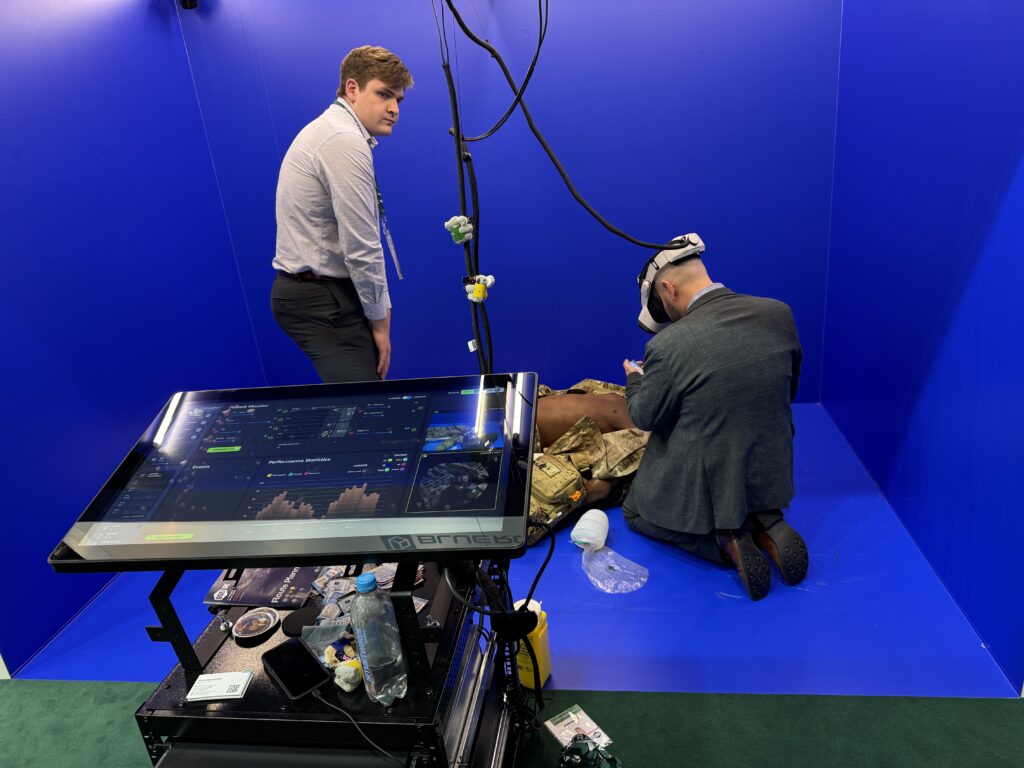
In‑orbit Manufacturing Highlights
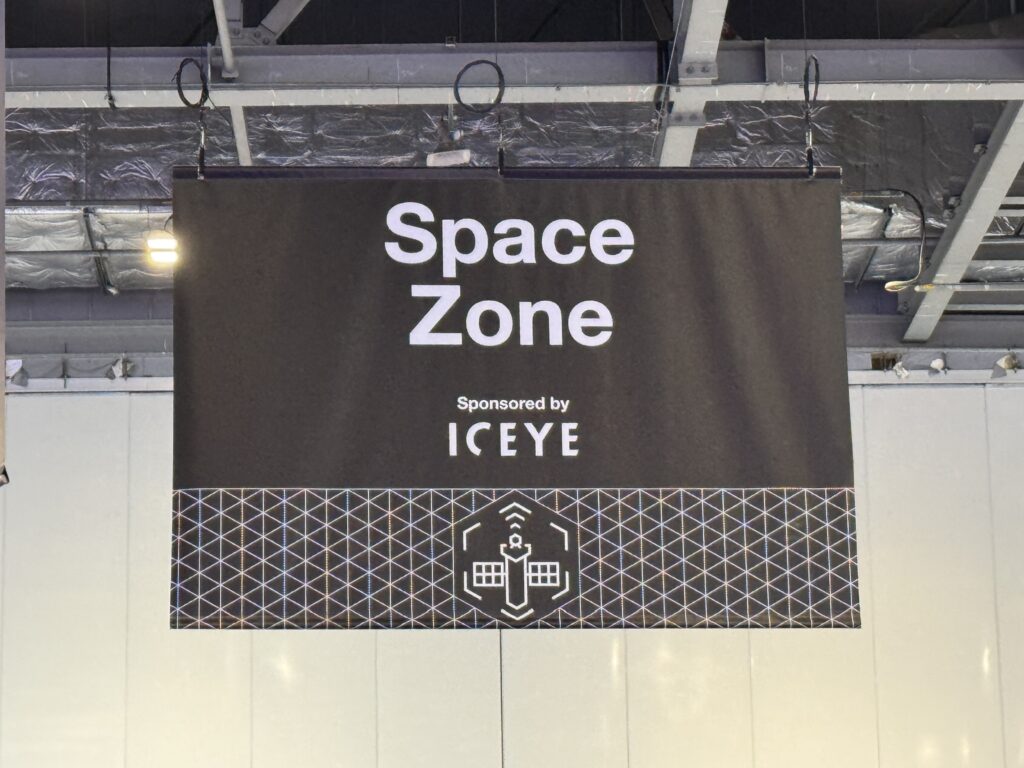
In May 2025, ICEYE and Rheinmetall announced a joint venture, Rheinmetall ICEYE Space Solutions, to produce Synthetic Aperture Radar (SAR) satellites in Germany. ICEYE also sponsored the Aerospace Zone at DSEI 2025. During the event, ICEYE announced that the Finnish Defence Forces have officially signed a contract for the procurement of SAR satellites. ICEYE operates internationally with offices in Finland, Poland, Spain, the UK, Australia, Japan, the UAE, Greece, and the US.
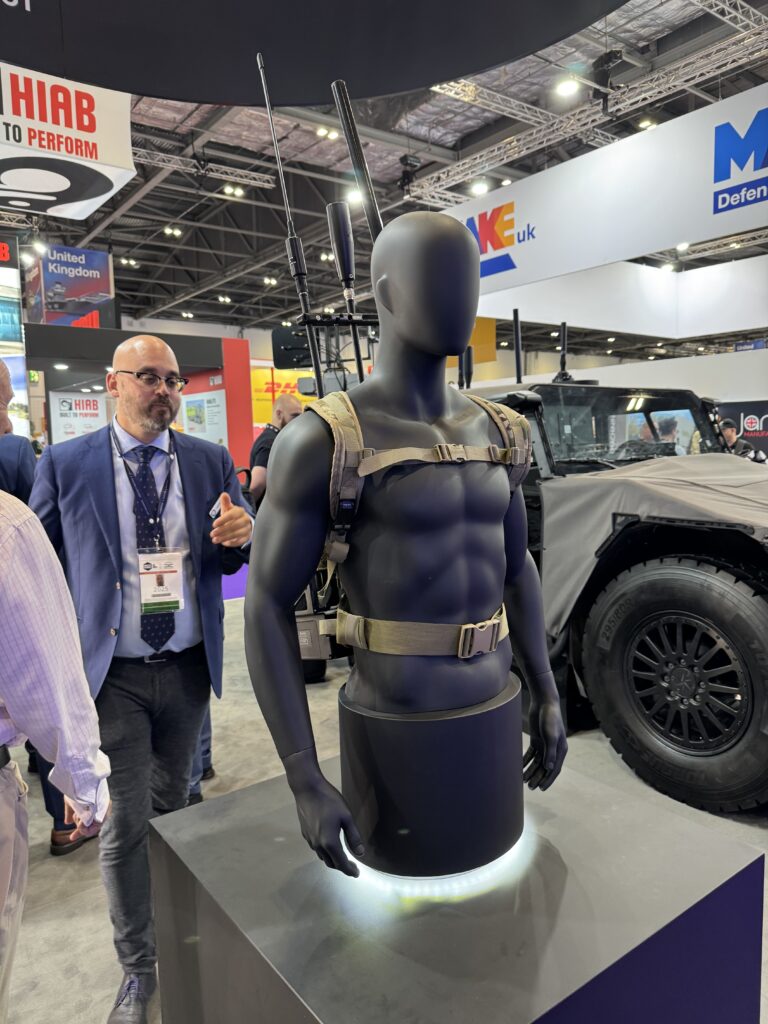
Adaptation and Integration
DSEI 2025 emphasised that Europe and its partners are refocusing on scale, interoperability and resilience. Russia’s ongoing war in Ukraine, drone incursions over Europe and geopolitical tensions in the Indo‑Pacific are driving demand for systems that can be produced quickly and used en masse. The unveiling of affordable anti‑drone interceptors like Skyhammer and mobile systems like Korkut shows how innovation is being directed towards cost‑effective, modular solutions.
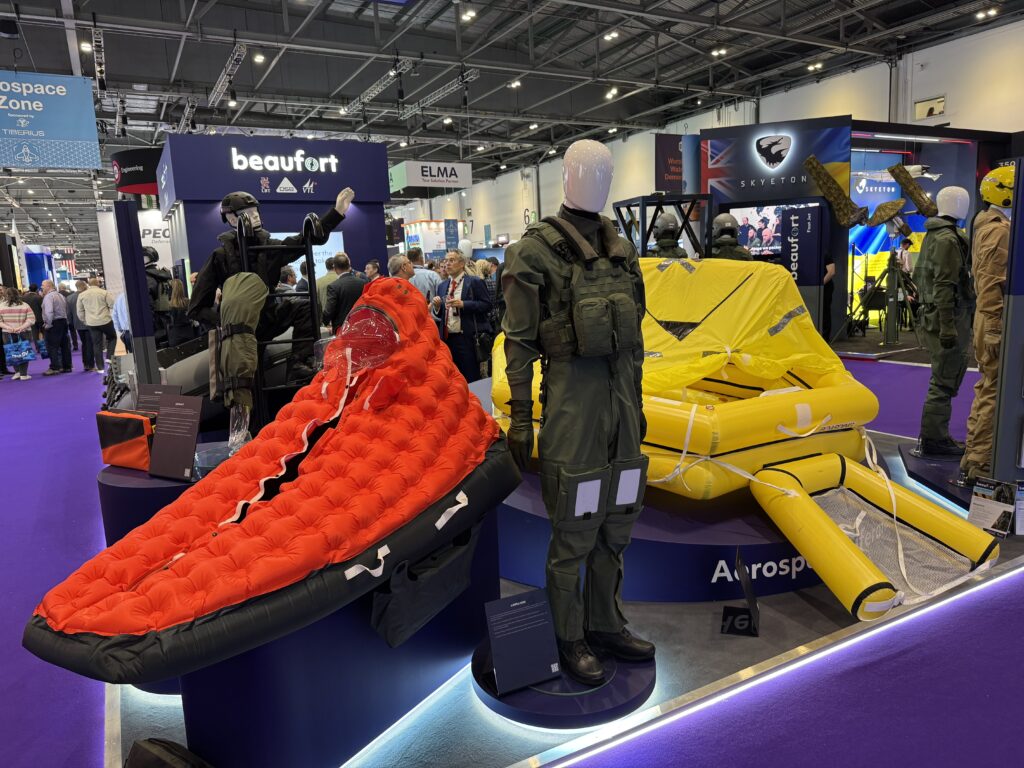
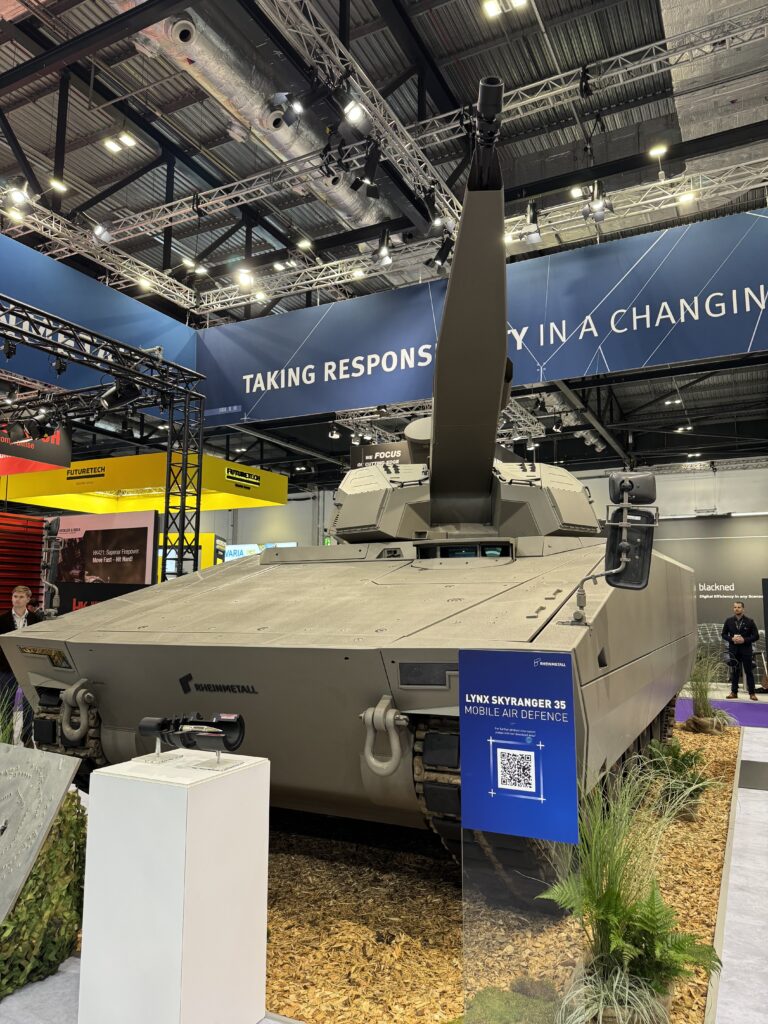

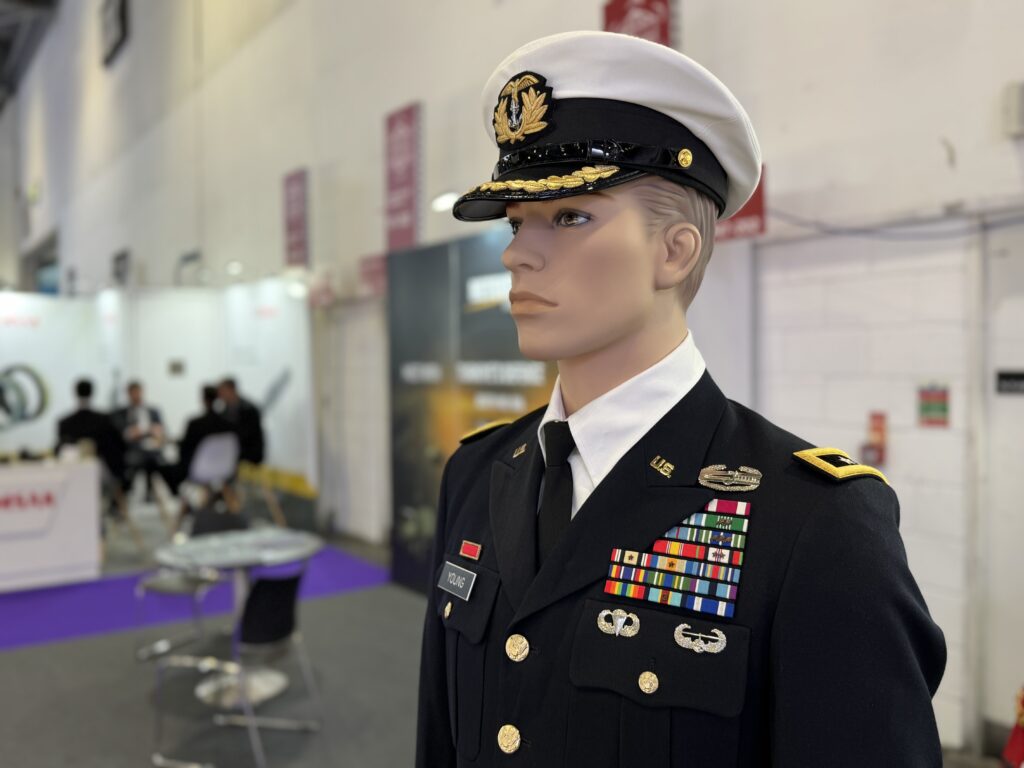
The British Defence Industrial Strategy sets an ambitious agenda, but the supply chain will need to grow significantly and address bureaucratic hurdles to deliver on its promise. DSEI highlighted a growing appetite among investors for defence technology, with Plexal noting that private equity firms previously reluctant to fund defence start‑ups are now engaging due to heightened demand. Programmes such as TrackX and GCAP Electronics Evolution illustrate how European firms are forming cross‑border partnerships to pool expertise and win export business, while small companies like Space Forge and Autonomous Devices show that cutting‑edge innovation is no longer the preserve of primes.
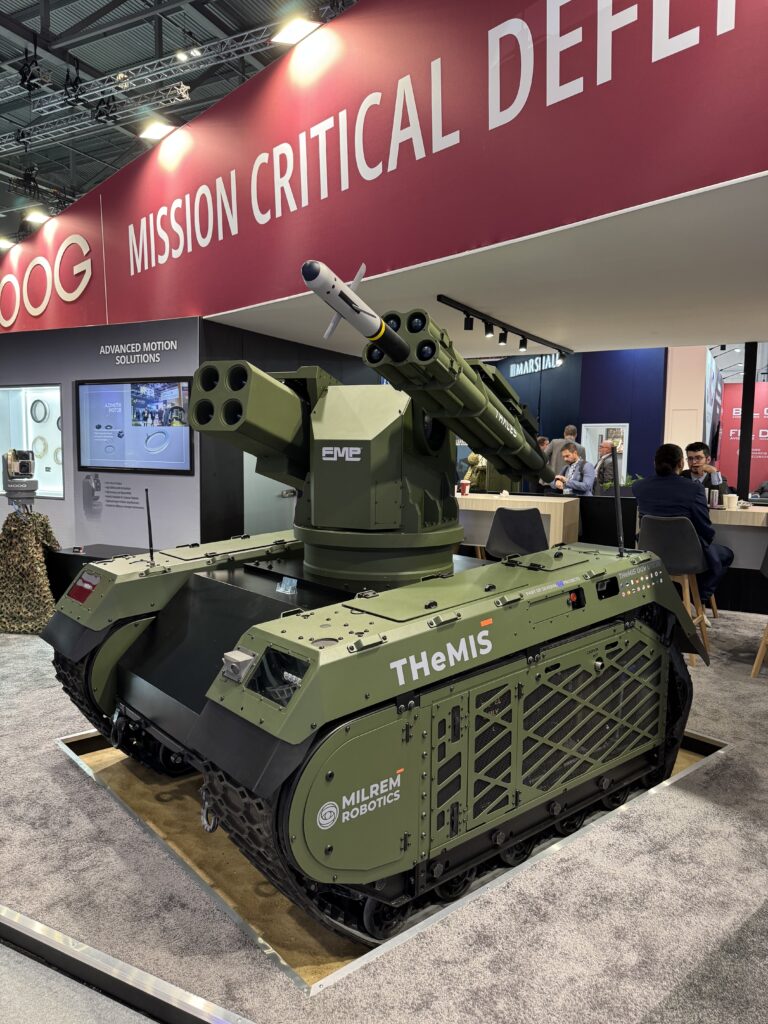
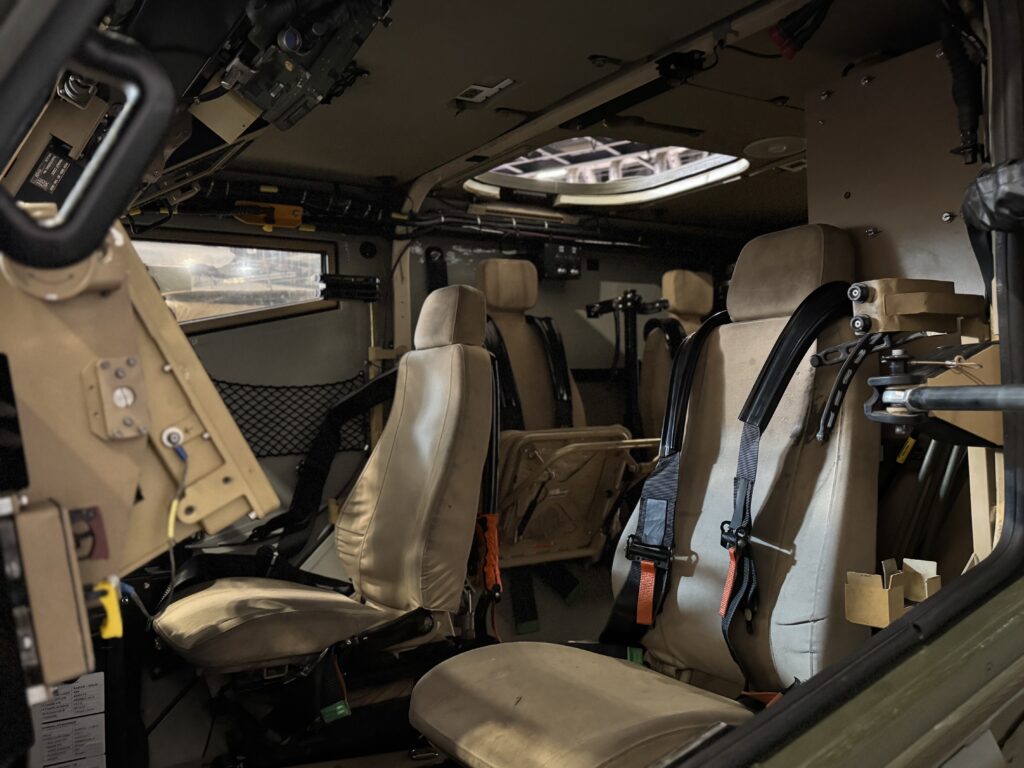
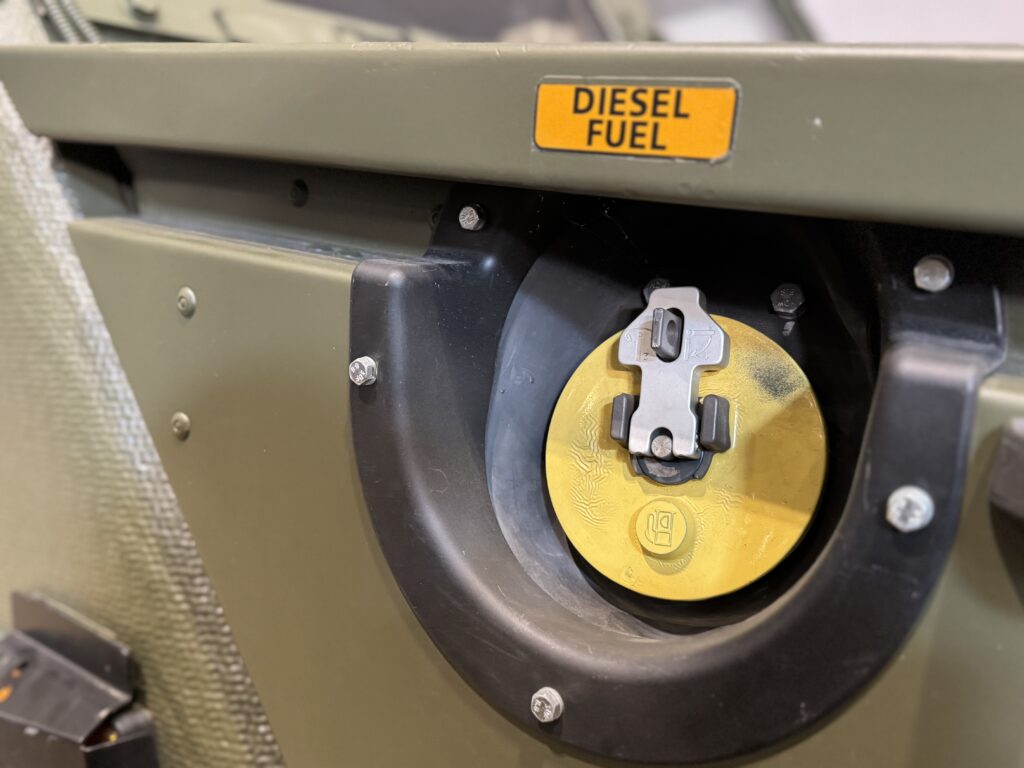
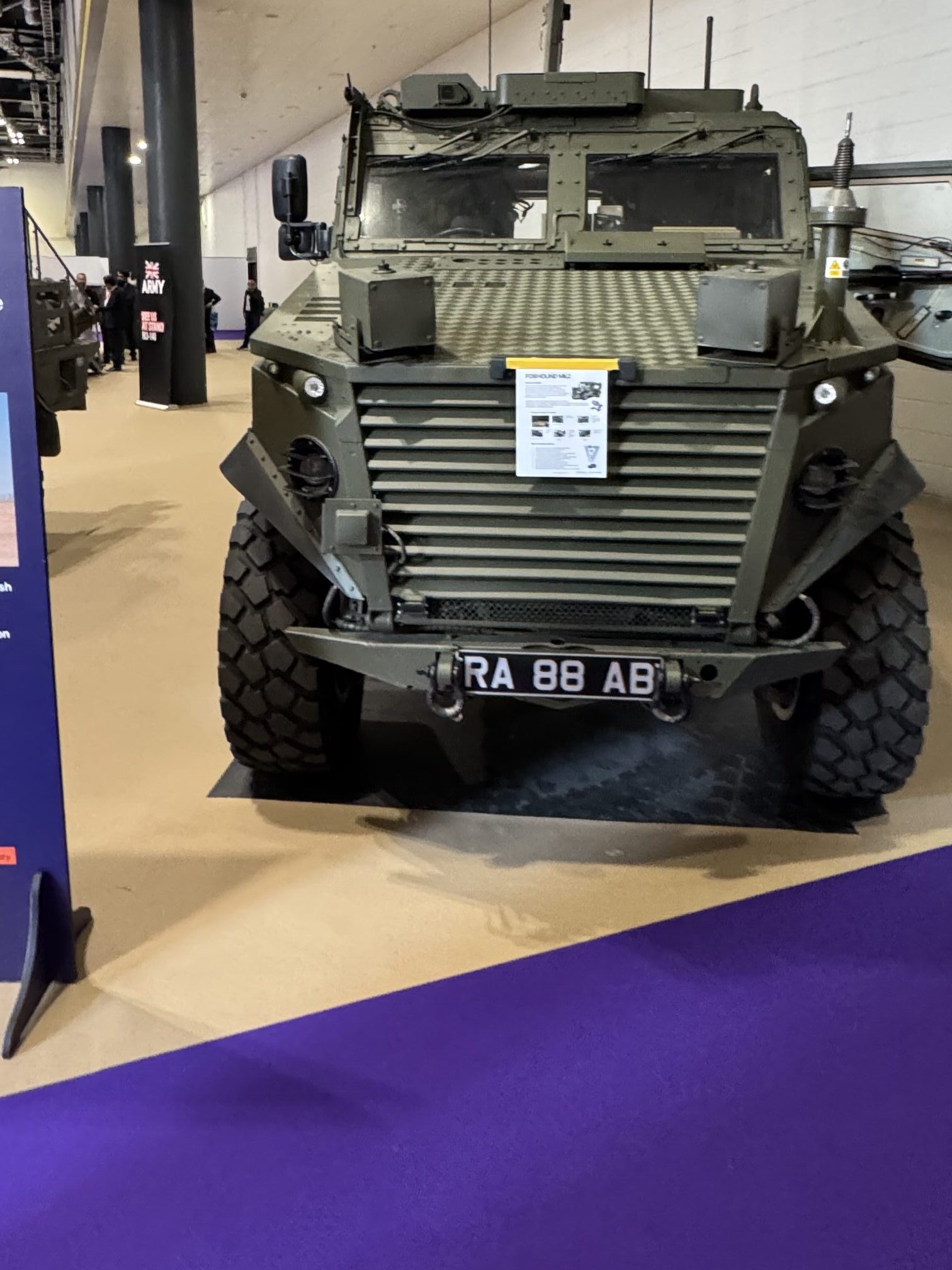
Read More:
- Gov.uk: Defence Industrial Strategy 2025: Making Defence an Engine for Growth
- ICEYE: ICEYE signs satellite acquisition agreement with the Finnish Defence Forces
- Plexal: DSEI 2025: Innovative partnerships crucial for growth as Defence Industrial Strategy rolls out
- Aerosociety: Rearming at pace – DSEI 2025
- Royal Aeronautical Society: Rearming at pace – DSEI 2025
- Aerospace Global News: UK’s Space Forge highlights orbital manufacturing breakthrough at DSEI 2025
- UK Defence Journal: Thales and UK partner unveil drone-based EW solution
- Mitsubishi Electric: Industry partners form GCAP Electronics Evolution consortium to deliver sensing and communications for next generation fighter
- EDR Magazine: DSEI 2025 – TrackX, the new Patria all-terrain tracked vehicle
- Babcock: Babcock and Patria sign teaming agreement as Ministry of Defence outlines plans to join Common Armoured Vehicle programme
- EDR Magazine: DSEI 2025 – Korkut 100/25 SB is Turkey’s next-generation response to the threat posed by drones
- Aselsal: ASELSAN Unveils Advanced C-UAV System KORKUT 100/25 SB AT DSEI 2025
- Rheinmetall: Rheinmetall Battlesuite – the Interoperate Military Ecosystem of the Future
- Rheinmetall: Rheinmetall presents Lynx Skyranger 35 at DSEI 2025
- BAE Systems: Bofors 40 Mk4 Naval Gun
- Milrem: Milrem Robotics Showcases Advanced THeMIS Combat UGV Solutions at DSEI 2025
- Naval News: Visiting warships announced for DSEI UK 2025
- Thales: DSEI 2025: Thales and Autonomous Devices team up to develop drone-based electronic warfare solution for naval and land forces
- DSEI UK 2025: Cambridge Aerospace to test in Ukraine


